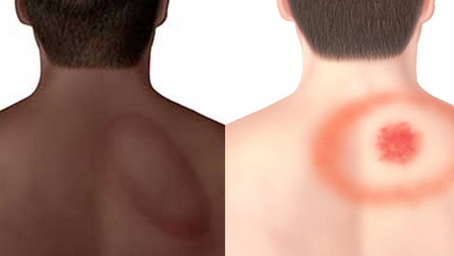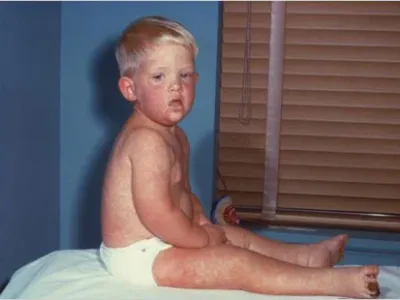Health officials in Colorado and Montana confirmed new measles cases and warned about potential exposure at airports, one in Denver and the other in Bozeman, Montana.
.jpg)
The Colorado Department of Public Health and Environment yesterday reported a second recent case in Mesa County, home of Grand Junction. The patient is an adult whose vaccination status is unknown who may have had a common exposure with a Mesa County case reported last week.
Officials also warned the public about possible measles exposure at Denver International Airport on August 12, which is related to a confirmed case in an out-of-state traveler.
It is important for everyone to stay up to date on their vaccinations.
Rachel Herlihy, MD, MPH, deputy chief medical officer and state epidemiologist, said in a statement that the incident serves as a reminder that travel in crowded public spaces, such as airports, increases the risk of exposure to various communicable diseases. "It is important for everyone to stay up to date on their vaccinations, especially before traveling, to protect themselves and others."
Potential exposure at Bozeman airport
Meanwhile, the health department in Gallatin County, Montana, said it was notified of measles exposure on August 15 that occurred on August 12 at Bozeman Yellowstone International Airport involving a person who is not a resident of Gallatin County. It urged people who were potentially exposed to monitor for symptoms through September 2.
Also, Lewis and Clark Public Health, representing a county that includes Helena, confirmed a measles infection, the county's first in decades. The patient is a minor who, according to the child's parents, had previously received one dose of measles, mumps, and rubella vaccine.
Officials said the family followed diagnosis and treatment protocols and there is no evidence of transmission or any public exposure sites. Another unimmunized household member is quarantined at home and remains asymptomatic.













